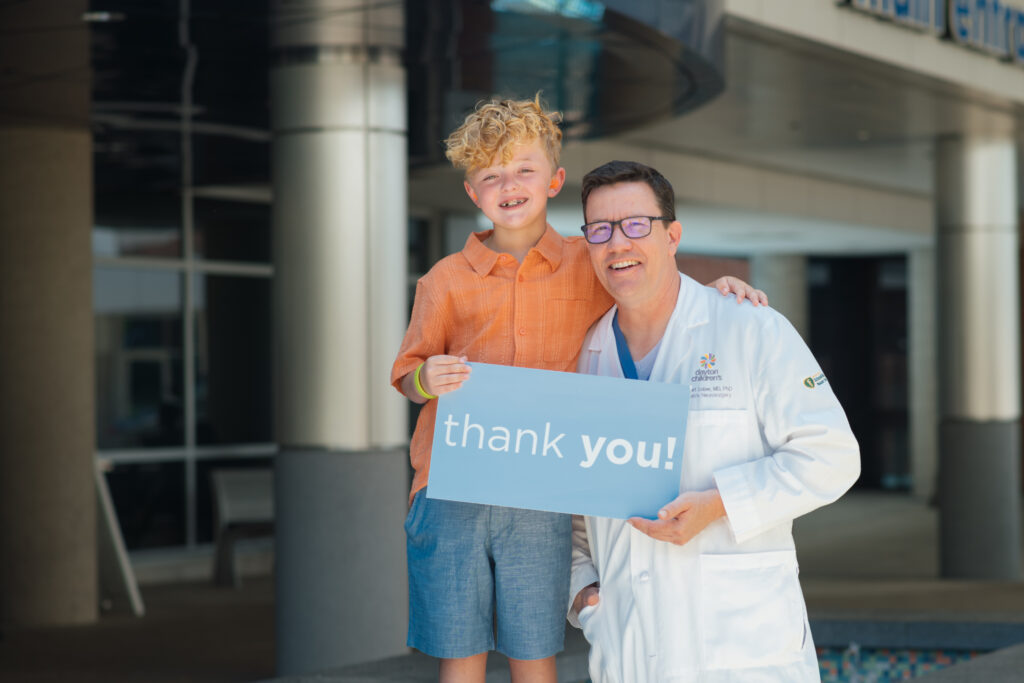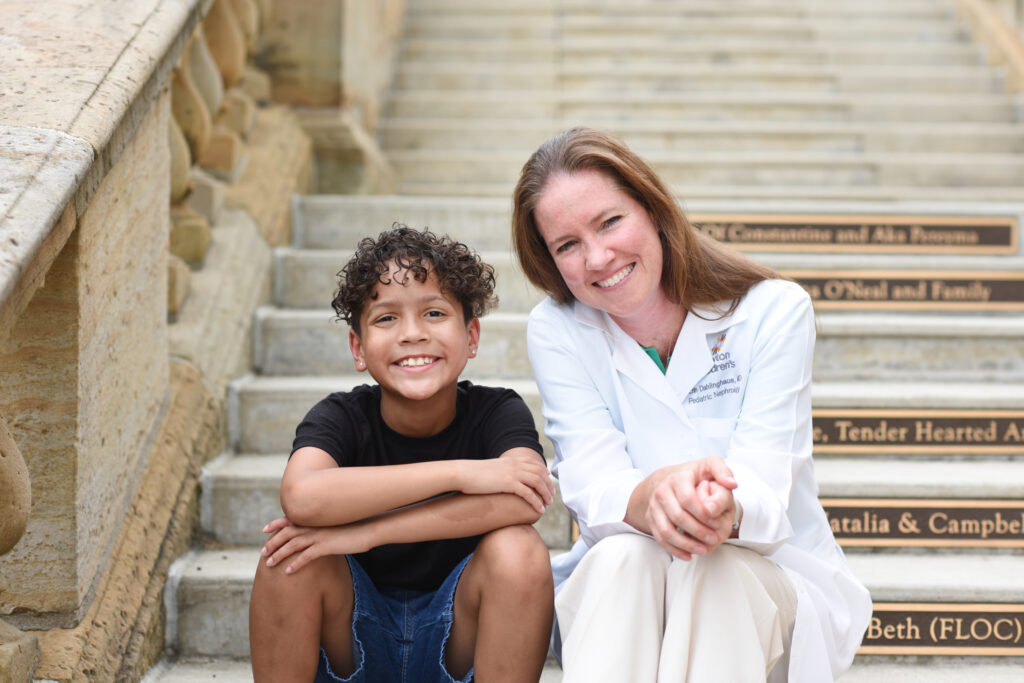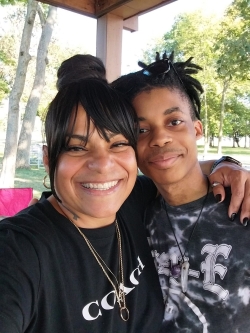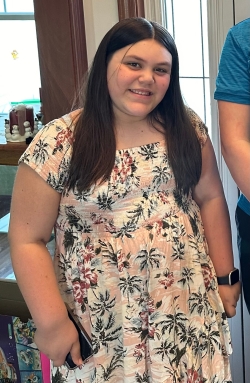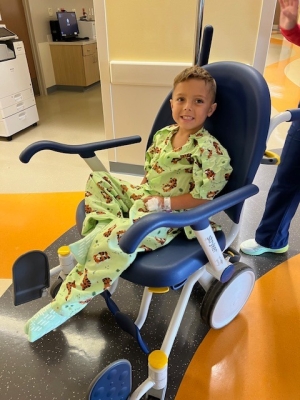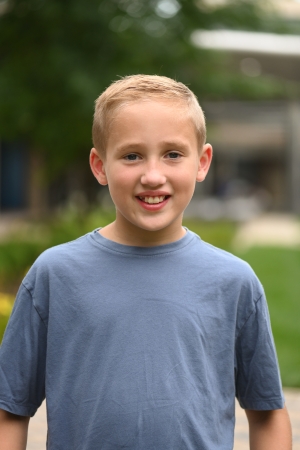patient stories
Real families. Real journeys. Discover how care, compassion, and courage come together at Dayton Children’s.

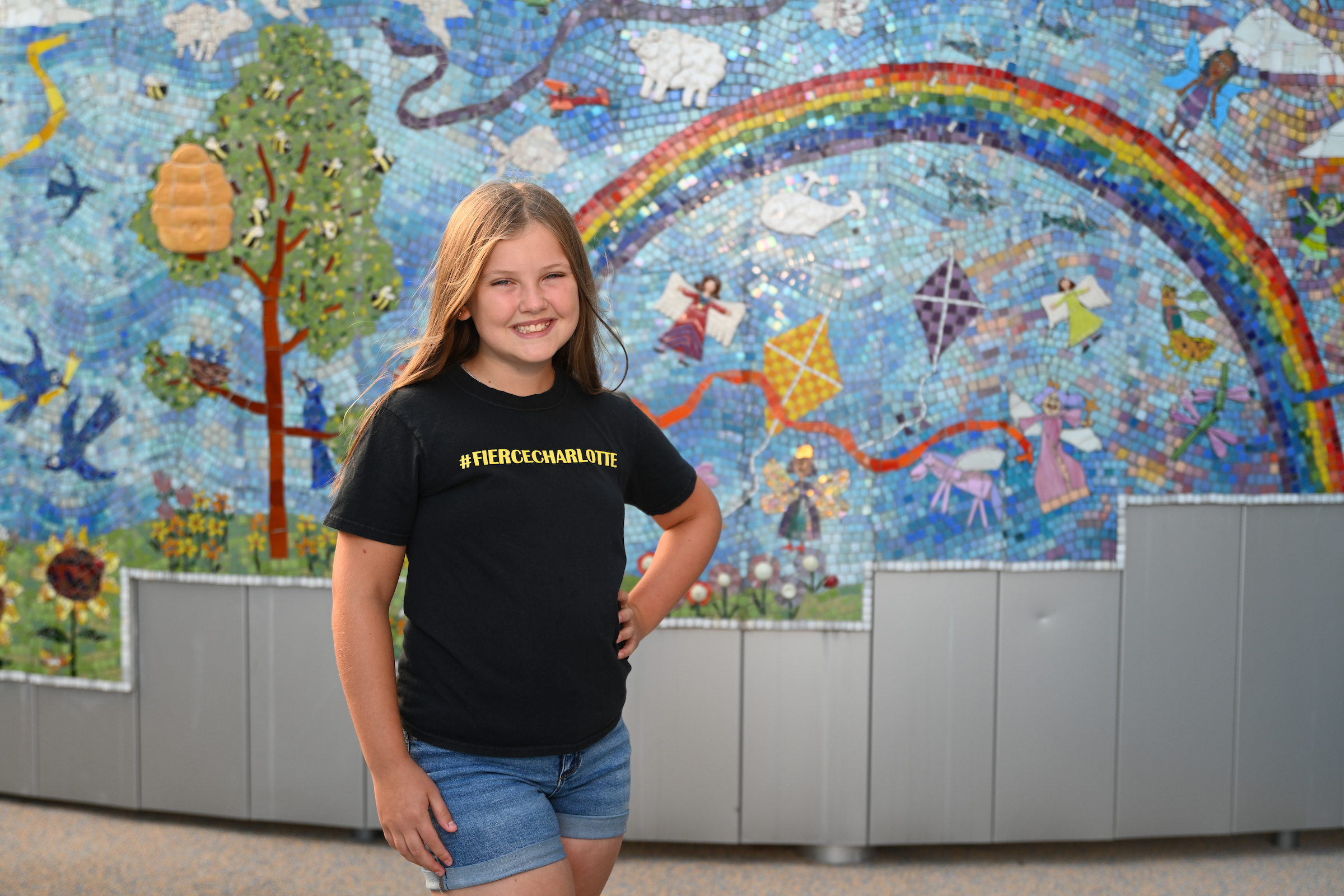
fierce Charlotte overcomes kidney cancer
learn morefeatured story
When 14-month-old Charlotte’s belly became swollen, her mom knew something was wrong. She was diagnosed with a rare form of kidney cancer – Wilms Tumor. Charlotte bravely endured multiple rounds of chemotherapy and surgery, overcoming every challenge with fierce determination, inspiring everyone around her with her strength and spirit.
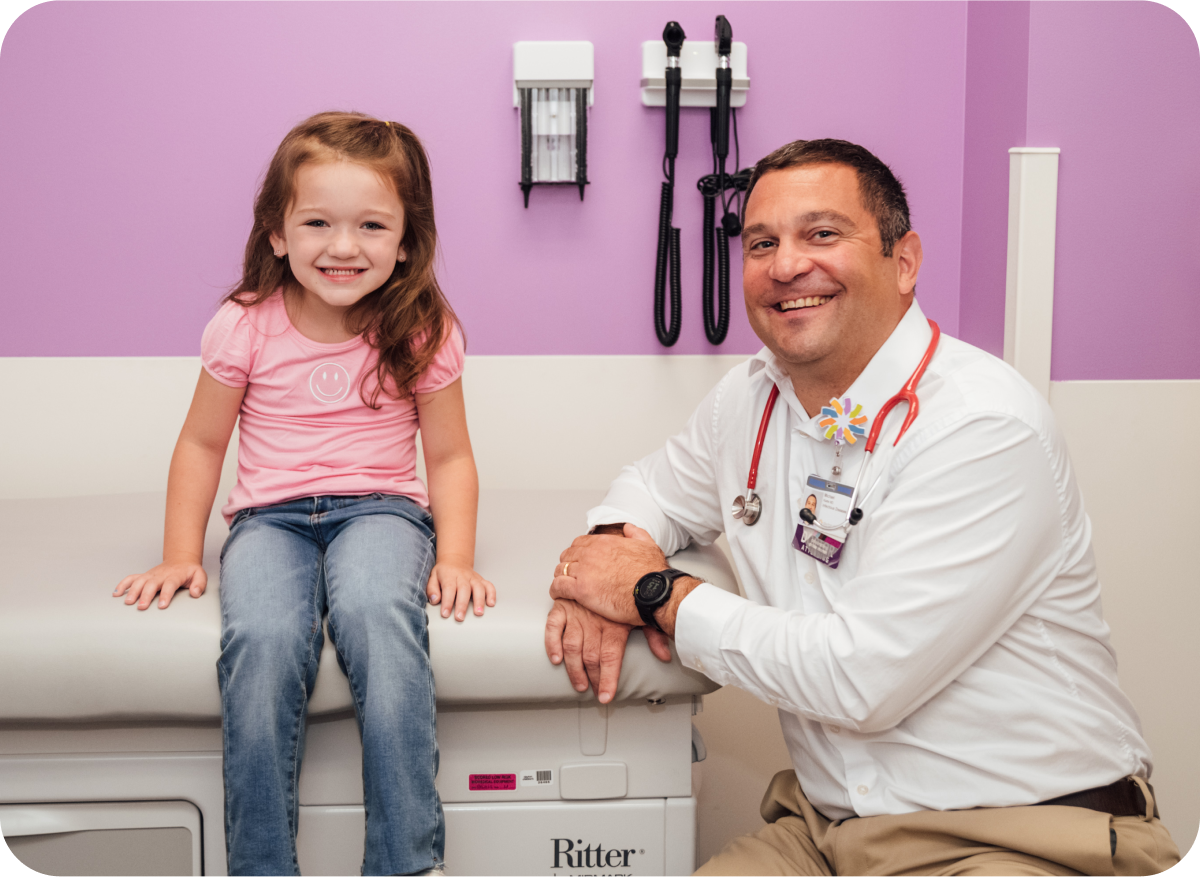
share your story
Every patient journey at Dayton Children’s is powerful — from NICU miracles to courageous cancer survivors and beyond. These patient stories not only celebrate our families but also offer hope and encouragement to others facing similar challenges. Share your experience today and help inspire, support, and celebrate the strength of our patients and families.
care that goes above and beyond
Because every child deserves care that goes above and beyond, Dayton Children’s provides compassionate, expert care for kids of all ages. Find a provider, schedule an appointment, or learn more about conditions we treat today.


